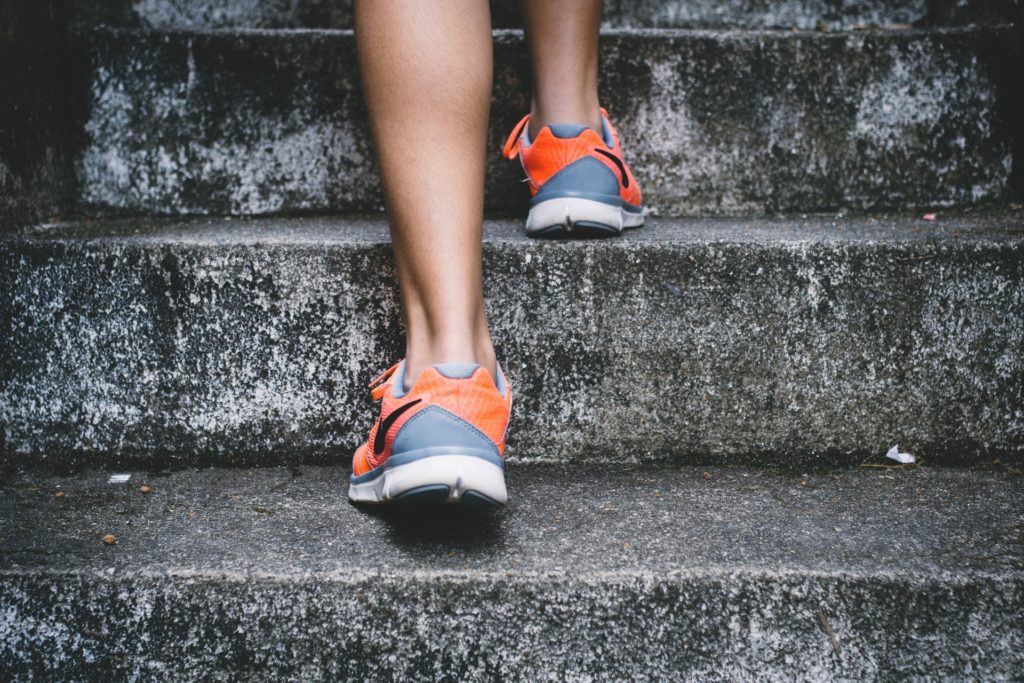General Health
How to choose a supportive pair of athletic shoes
It’s easy to overlook the importance of good footwear. You may even think about spending a little less money on a pair of shoes for your physical activities. But think again. A poor choice in footwear can cause all sorts of problems: foot pain, back pain, achilles tendinitis, runner’s knee, and a whole host of other conditions. The best shoes aren’t necessarily the most expensive. Here’s a quick guide on how to pick up a great pair of shoes for your walking, running, light hiking, or other multisport activities.
Determine your personal needs
A good place to start is to take into account the following factors:
- The terrain you’ll be on – Pavement, grave, trail, or sand all require slightly different shoes that provide good stability and support. Pick your shoes based on the surface you’ll be spending the most time on.
- The main activities you’ll be doing –Will you be walking, running, going to the gym, or something else? Use your primary activity as a good place to start your shoe search. This will help you narrow down your selection and give you the most appropriate footwear.
Trying on your shoes
So you’ve got a great pair of shoes in front of you and you’re ready to make the purchase. Slow down just a moment and go through the following list first:
The materials used in making a shoe
Think about how well the shoes will age. Overtime, will the shoes become uncomfortable? Is the material too stiff or heavy? If you’re at the physical store, try on at least 2 or 3 different pair of shoes so that you can compare and contrast the feel of the shoes.
Try on your shoes later in the day
Over the course of the day, our feet become swollen from physical activity. By trying on your shoes in the afternoon or evening you will prevent buying shoes that are too small.
If you feel pinching or uncomfortable rubbing, that shoe is likely not your best fit
Move 1/2 or 1 size up. Over the course of your activity, your feet will swell in size and good shoes should nicely accommodate this.
If you have orthotics or generic supports, bring these with you
These should be taken into consideration during your fitting. Also, try the shoes on with the same socks you usually wear when carrying out your activities.
Pay attention to width as well as length
Buying shoes that are a half-size bigger—but not any wider—won’t necessarily solve the problem of width.
If you’re not completely happy with the shoes you have in front of you right now then you probably won’t be happy with them later
Don’t rationalize that the shoes just need to be “broken in”. Many people fall into this trap. Instead, find shoes that fit from the start.
Make sure the retailer or online store you’re buying your shoes from have a good return or exchange policy
Sometimes things just doesn’t work out and despite your best efforts, the shoes you’ve bought may not be working for you. This is when a good return or exchange policy comes in handy. There is nothing worse than being left with a pair of new shoes that you don’t want and can’t use. Many shoe stores allow shoes to be returned up to a month after you have bought them. Ask before you buy.
As a last resort, get a professional evaluation for your feet. These days many specialty running stores now have equipment that can analyze your gait (how you walk/run) and your foot type. This will help you to know if you need support to prevent your foot from rolling inward (also called pronating) or if your feet are a slightly different size. Foot sizes sometimes differ by as much as 1/2 a size. If one foot is larger than the other, buy the size that fits the larger foot.


